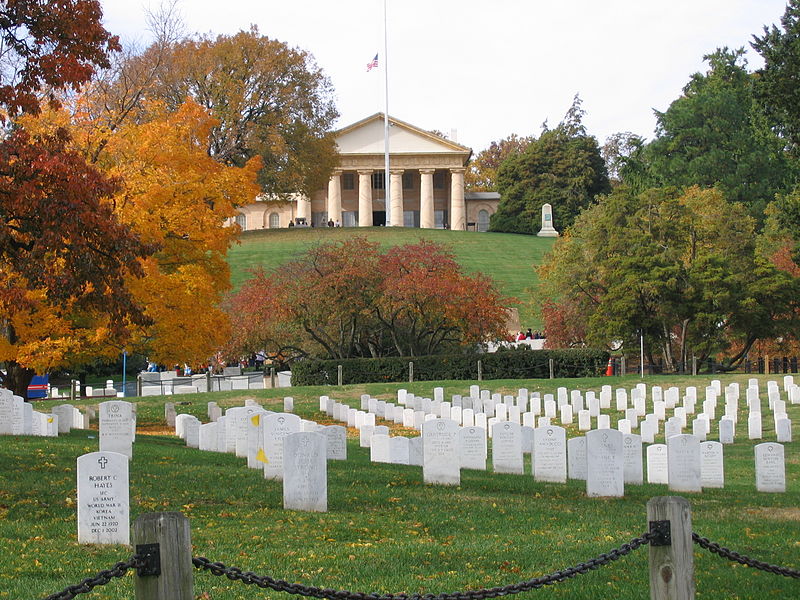There is a price for freedom and there is a price for dishonor. The history of Arlington National Cemetery reflects both. The land had great appeal to the Quartermaster General of the Union Army, General Montgomery Meigs, because Robert E. Lee’s home rested on it, and he despised Lee for having taken up arms against the Union. The land was unceremoniously wrested from the Lee family in an undermarket tax sale in January of 1864.

The first soldier laid to rest there was twenty one year old Private William Christman, of the 67th Pennsylvania Infantry, on May 13, 1864, but he and others were not initially interred near Lee’s house. Such burials happened only later, at Meig’s explicit instructions, so that Lee could not ever return to the estate without seeing the damage he and the rebels had caused. Meigs’ hatred of rebels only intensified with the death of his son John in October, that same year.
Born of such resentment Arlington Cemetery is now the pinnacle of the national cemetery system of the United States, an honor we pay those who have sacrificed, where generals and privates alike share some space.
Congress has denied burial at Arlington to murderers and certain others. They should also strip that privilege from anyone who was part of this year’s attempted insurrection. To allow burial of such people there would be to desecrate the memory of the sacrifice of those who dedicated their lives to our freedoms, many of who gave what Lincoln called the last full measure of their devotion to the Union.